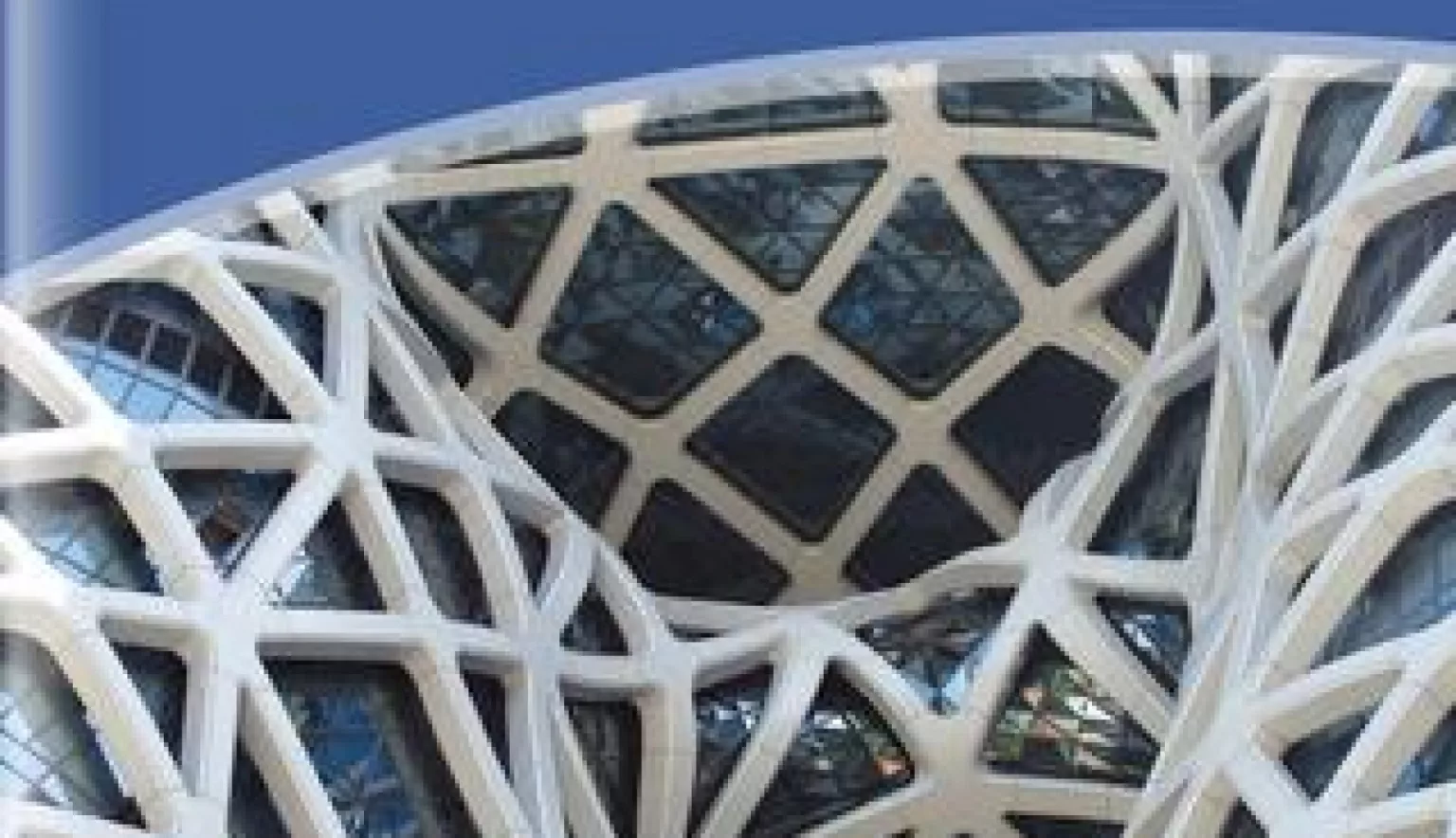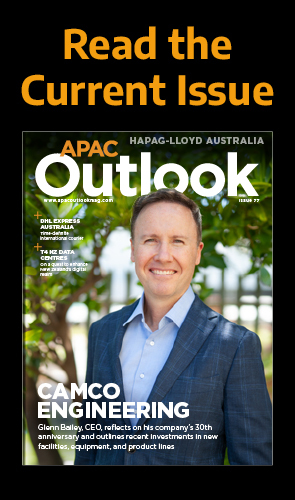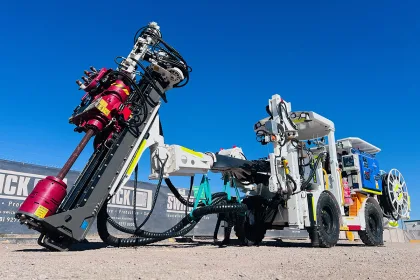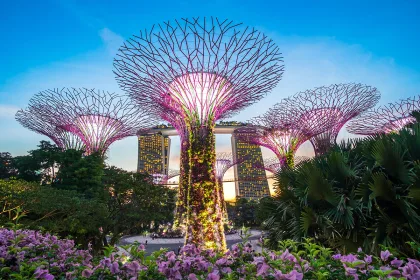Front Inc has spent the past 15 years looking to apply innovative technologies, solutions and methodologies in the gap between design and construction; a proposition that has already taken the Company to great heights in Asia.
ON THE FRONT FOOT
Bridging the gap between design and construction, Front Inc has successfully replicated its innovative façade model from North America into Asian markets via a host of high profile project involvements.
Incepted in 2002 in Manhattan, New York as the brainchild of four founding principals, Michael Na Min Ra, Marc Simmons, Bruce Nichol and Martin Riese, the initial vision was to create a practice in support of good ideas and design underpinned by science and technology in order to evolve façade works in North America for owners, developers, architects, designers, and contractors. The found-ing partners have since been accompanied by two additional principals, Richard Green, the senior most structural engineer and Elaine Yau covering the administrative operational side of the firm.
With a specific focus on agility, a customised approach was adopted, and the realisation soon hit that such a proposition could be successful not just in the US and North America, but in the boom-ing Asian arena.
“We’ve expanded our works both from a service perspective and a geographical point pf view, our reach into Asia happening early, and eventually leading to our Hong Kong office in 2012,” recalls Company Principal, Michael Na Min Ra. “A few of the other partners here had extensive experience in Hong Kong and Asia in general so we knew that we had the expertise to capitalise on the opportunities existing in the region, and we were then quite lucky in our opportunity to be awarded the CCTV project in Beijing as one of our very early commissions.
“From a scale, form, location and complexity point of view, CCTV is a a globally recognised icon. We were very fortunate to work on something like that, coming off the back of projects like Seattle Public Library in Washington State.”
The accumulative portfolio on an international level now speaks for itself, comprising in Asia numerous significant projects including the LVMH building in Osaka, Japan.
Ra adds: “Our track record and the positive reputation formed as a consequence is absolutely critical. These kinds of projects give us great exposure to experience but also bring two other pivotal advantages: they’re initially interesting and challenging to work on; but they also then have longevity in terms of being able to leverage those experiences to attain future projects as well.”
FINDING A WAY IN
The decision to move across continents is never one taken lightly, but grounded in the firm’s DNA and evolutionary logic, made the expansion into Hong Kong very natural.
While an analysis of prospective demand was inevitably initiated, the crux revolved around the sheer size of the market and the abundant opportunities that await any successful exponent.
Ra explains: “We started out in NYC but it just made sense to expand our footprint as a means to explore a wider range of projects and to exercise a form of diversification providing protection against regional economic variabilities.
“The trajectory that Chinese and Southeast Asian construction was and is still on is obvious and that is still the case as we now look towards the likes of Vietnam, Malaysia and Thailand to complement the more established areas of Singapore, Japan, South Korea and Japan where we have already completed projects.”
It’s never easy finding a safe footing in a new domain, especially when the competition is so fierce, but Front Inc certainly didn’t begin in Asia from a standing start; rather it was able to extend existing relationships with similarly international operators that had been formed across North America and Europe.
“It was initially about finding a way in via our clients – i.e, the architects – and that’s the portal we’ve come through to land here,” Ra affirms. “But then, once in, it’s been about identifying and attaining those special projects in the market to align our own ambitions and expertise with the wants and requirements of various business owners and developers.
“We find further advantages in knowing that the specific services we can provide haven’t been so abundantly available in the region until recently. We went through the same sector evolution in North America, and this niche was certainly the case as we made a name for ourselves in Asia.”
INTERNATIONAL LEVEL OF EXPERTISE
Back in the US in the early 2000s, this evolution came from transforming a role of construction then known as waterproofing consultancy or curtain wall consultancy into an established façade-focused strand of the overall value chain.
Requiring high levels of technical and advisory-based skills, this is where Front Inc first found a dif-ferentiating attribute in the sector, in embedding itself into the wider design process rather than waiting as a third party for questions to arise.
Subsequently involving itself in aspects of material choices, system design and architectural iterations, the consequent, collaborative proposition shed light on the importance of façade design and consulting in the wider project, while offering a personable, customisable facilitator of this facet within all stages of the design and construction.
“It was about trying to understand the core integrity of the ideas embedded in the architecture as a whole and looking for ways to manifest those ideas into finer, detailed aspects of the project,” Ra adds. “The great architects seek create coherent experiences and we embrace those ideas in support, synthesising materials to the finest levels of technical resolution.
“We’re good at; and it’s what we take great enjoyment in doing for our partners and clients.”
In creating a specific framework and proposition, it also allowed Front to be more selective in the projects it looked to enter into; rather than trying to become involved in every opportunity that came across the Company’s desk.
“We don’t get all the projects we go for, but our portfolio is certainly growing at a pace that is sustainable, all the while leveraging prior relationships and global project experience.”
IT ALL COMES DOWN TO QUALITY
The importance of not resting on laurels and remaining proactive from a continuous development perspective is paramount. Front Inc has beaten many to the punch in terms of not just its offering, but in the way it is presented and integrated into a wider project. And the emphasis is now on leveraging this positive platform in order to expand further in the future.
To this end, there has always been and will continue to be a significant reliance on technology; an ideology that would have carried risks in the past, but that is proving a significant, dynamic facilitator in the present day.
Ra details: “You have to be careful with technology because it can consume more than returning a timely yield, but at the same time it’s critical for us to engage with it intelligently to develop and harvest the best opportunities.
“Since inception one of our core missions has been to keep ahead of the technological curve, in order to bridge a disconnect that often exists between design and construction. Traditionally there has often been a lack of transparency or a misinterpretation of information between the two, and the rigidness of technology was unable to solve that problem. Right now, technology actually gives us a flexibility to make inroads here, to reduce the grind and conflict between design and construction.”
Resultantly, also, reducing the amount of unforeseen incidents throughout a build process, the issue of non-repeatability has similarly been mitigated, replaced by an appealing speed and innovation throughout Front’s service provision.
BIM has inevitably been integral as part of this continuous improvement but it’s more in the way that BIM is utilised that stands the Company apart; harnessing the technology in the most bespoke, appropriate way for each project to ultimately strengthen the connection across each stage, creat-ing a smoother process with more predictable results. This process, invented by Front Inc, is Called BIG BIM (Building Information Generation) and is driven by a software plug-in also developed by Front – affectionately called Elefront – which was deployed on the Morpheus City of Dreams tower in Macau. Handling the most geometrically complex parts of the building, the BIG BIM process was to model more than 1.6 million parts and 1.2 million unique parts from system design through in-formation and data generation used directly by the factory for fabrication and assembly with per-fect accuracy.
“What this helps to achieve is the underlying vision that all of us share: the creation of good buildings,” Ra concludes. “Despite all the nuances and technicalities, it all comes down to quality at the end of it – durable, sustainable, long-lasting, safe, aesthetically satisfying, quality.
“We take responsibility for these aspects when entering a project and once these staple parame-ters are achieved all the finer details fall into place and follow in kind. This quality has been a universally shared goal since our beginnings and is what we commit to in the future.”





































